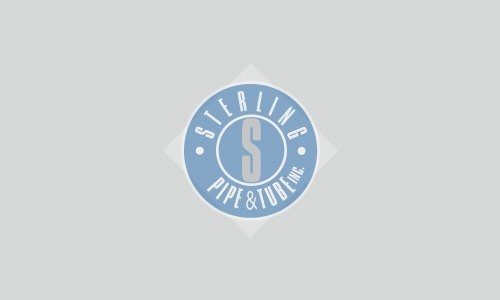Determining Whether Your Application Requires Steel Pipes or Steel Tubes

If you’re weighing your options, trying to determine whether your application requires steel pipes or steel tubes, you are likely considering a number of questions. What are the major differences between pipes and tubes? Of the two, which is best suited to my application? How does the pricing vary between pipes and tubes? The team at Sterling Pipe & Tube are experienced, knowledgeable experts when it comes to answering these questions. In this post, we’re going to walk you through the differences and, hopefully, help you decide whether your application requires pipes or tubes.
1. Specifications
If your application requires adherence to very strict specification, pipe is your best bet, as it adheres to tighter tolerances than tubes.
2. Inspection
Due to its need to adhere to tight tolerances, piping undergoes much more thorough inspection than tubing. As a result, lead times may be slightly longer and pricing slightly higher than with steel tubing.
3. Application
If your application requires transporting fluids or gases, round steel pipe is likely the best choice. On the other hand, if outside diameter is a concern – in medical applications, for example – then steel tube is a better option.
4. Joining
In keeping with the theme of tighter tolerances and stricter specifications, steel pipes require more care when connecting. While tubes can be connected quickly using couplings, pipes often require welding or threading.
At Sterling Pipe & Tube, we strive to provide our customers with the knowledge that they need to select the right steel pipe or tube for their applications. Along with this, we offer the industry’s most diverse selection of round, square and rectangular pipes and tubes. If you’ve been searching for a supplier that will work with you to understand – and address – your needs, contact us today to discuss how we can help!




